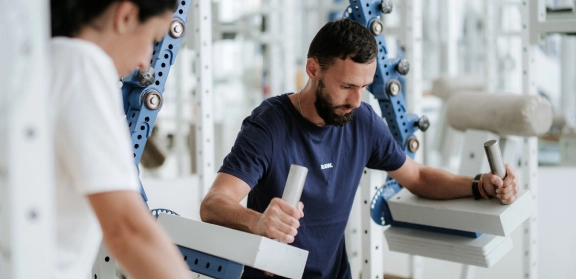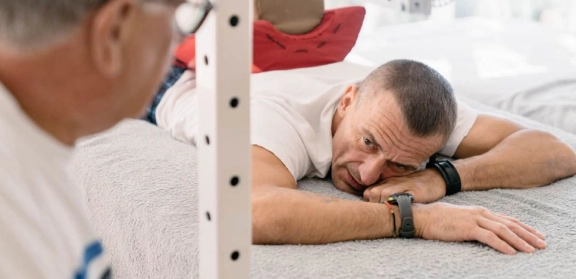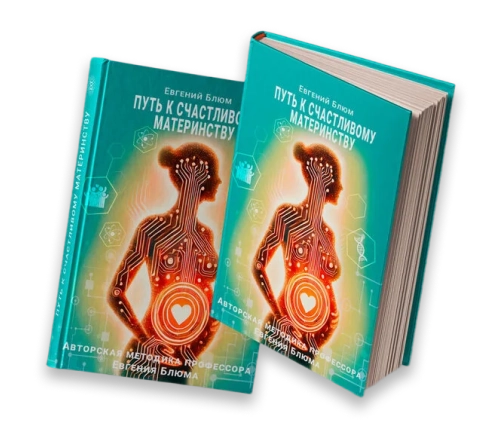Osteoporotic Vertebral Fracture Treatment
Our medical strategy
Professor Blum’s proprietary method enables precise control over the angle, amplitude, and several other movement parameters to stimulate the bone regeneration process, ensuring that the growth of new cells surpasses destruction.
The advantage of Professor Blum's method is that rehabilitation treatment is comprehensive. It is conducted locally at the injury site, regionally within the injured organ, and globally at the level of the entire body.
The goal of local procedures is to restore the bone tissue architecture, arranging tissues in anatomically correct order. This is essential for maximising the restoration of spinal function, recovering the shape of the vertebrae, preventing spinal deformity, avoiding the formation of intertissue adhesions and severe scar tissue, and minimising secondary trauma consequences.
At the regional level, treatment focuses on all tissues surrounding the damaged vertebrae—muscles, ligaments, blood vessels, and nerves. Our goal is to alleviate pain, restore movement, and reestablish the muscle-joint balance, starting with the deep muscles, from the bones and joints to the surface.
The global goal is to "reassemble" the entire body: restoring the shape and natural curves of the spine, optimising chest geometry, ensuring proper load distribution, relieving compression, and improving the function of organs affected by spinal deformity.

In what types of spinal fractures due to osteoporosis is rehabilitation possible?
- Compression fracture of a single vertebra
- Compression fracture of multiple vertebrae
- Compression fracture of the spine with girdle pain
- Compression fracture of the spine with diffuse muscle pain
- Compression fracture of the spine with pronounced kyphosis (hump)
- Compression fracture of the spine without symptoms, discovered incidentally during an examination
- Non-healing compression fracture of the spine
- Rehabilitation after surgery to reinforce vertebrae following a compression fracture
- Compression fracture with significant height loss, more than 10 cm
Comprehensive rehabilitation of compression fractures of the spine caused by osteoporosis has several key features. It is important to consider that bone density can only be restored through properly planned physical activity. Osteogenesis improves, and the bone structure of the vertebrae is renewed under specific eccentric loads.
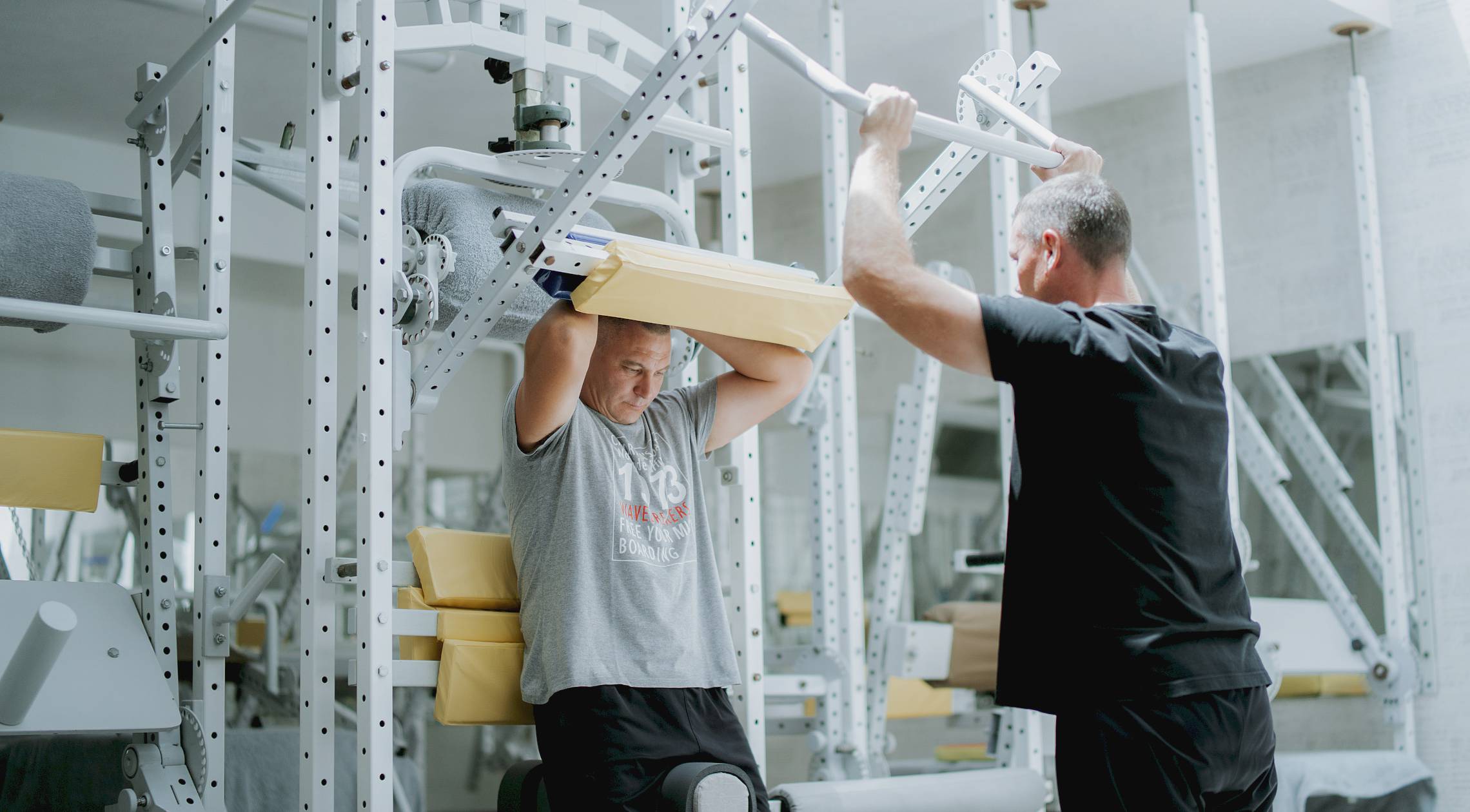
General problem description
Osteoporosis is a condition in which the density and strength of the vertebrae decrease due to the predominance of bone tissue destruction over regeneration. This occurs as a result of age-related hormonal changes, a sedentary lifestyle, chronic stress, metabolic disorders, and prolonged use of steroid medications. In such cases, even a minor strain, push, or careless movement can lead to a compression fracture.
The front sections of the vertebrae crumble and compress into one another, causing the spine to bend forward and deform. This leads to the compression of muscles, ligaments, nerve endings, and blood vessels.
Symptoms of a spinal fracture typically appear immediately, manifesting as girdle pain that worsens with body movements, chest pain that makes breathing difficult, and severe pain in the muscles supporting the spine. However, in some cases, a spinal fracture may be discovered incidentally during a routine examination.
The severity of the fracture depends on the level of the injury, with fractures of the thoracic vertebrae being the most dangerous. The spinal nerves at this level control the functions of vital organs such as the heart, lungs, bronchi, and esophagus. Over time, the deformity of the thoracic spine worsens, leading to the formation of a hump, compression of the chest organs, and a decline in their function.
-
Restore the tissue architecture of bone and improve the vertebral strength
-
Reduce age-related degenerative and dystrophic changes in the spine
-
Strengthen the spine's natural muscular structure
-
Improve muscle-joint balance in all sections of the spine
-
Restore body symmetry and geometry, correct spinal shape, and reduce pronounced kyphosis
-
Restore blood circulation, lymph flow, and tissue fluid circulation in surrounding organs and tissues, improving the function of secondarily affected organs
-
Slow the progression of osteoporosis and reduce the risks of complications
-
Increase the overall vitality of the body, taking into account age-related changes and chronic conditions
-
Improve general motor skills and transition to an active lifestyle
Objectives of the program
-
Restore lost motor activityEliminate pain and restore lost motor activity
-
Restore the symmetry and geometry of the spineCorrect kyphotic deformity and restore the symmetry and geometry of the spine
-
Stimulate the formation of new bone tissueImprove metabolism and microcirculation, and stimulate the formation of new bone tissue
Proprietary method
We develop a personalised comprehensive recovery program for spinal compression fractures caused by osteoporosis. Realistic goals are set based on diagnostic results using Professor Blum's proprietary anatomical-morphological-functional system. This approach considers the level and type of spinal injury, the extent of damaged tissues, secondary complications, the condition of internal organs, and the overall duration of immobilisation.
Our Centre uses patented rehabilitation equipment modules that selectively target the affected areas of the spine. These modules enhance blood flow and microcirculation, creating optimal conditions for proper healing and restoring bone tissue architecture. Controlled, precisely directed loads help gradually and effectively relieve pain and restore mobility.
Each patient works with a trained personal instructor who implements an individualised program under the direct supervision of Professor Blum.
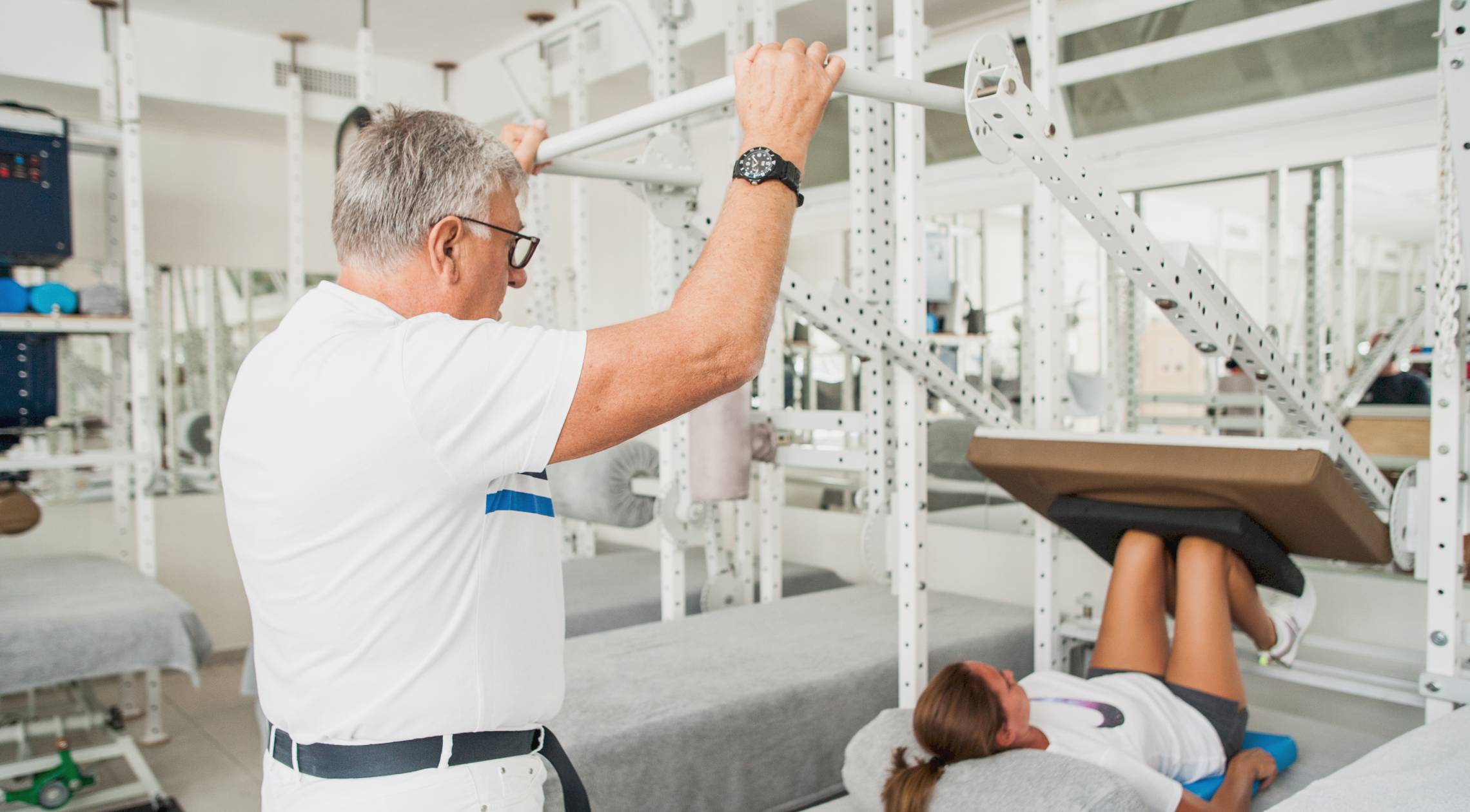
Patient stories
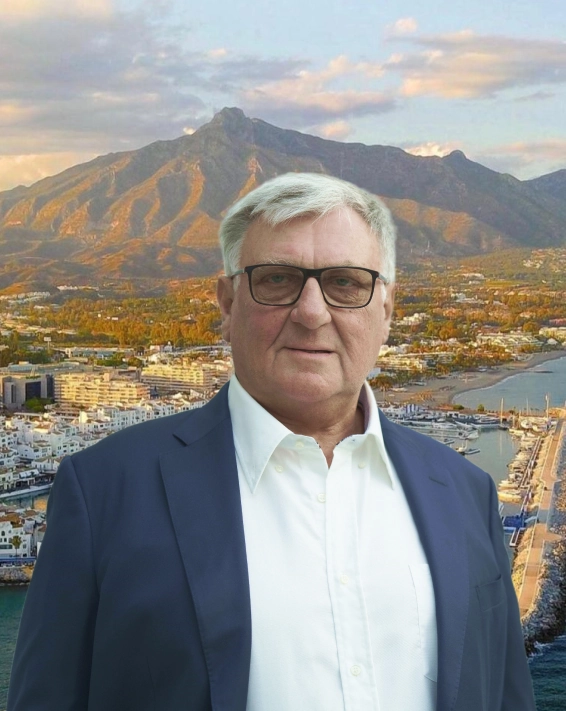
Professor Blum’s Exclusive Rehabilitation System

The center is located in a picturesque corner of the renowned resort town of Marbella, surrounded by cedar trees at the foot of La Concha mountain. Here, science and technology blend with nature, creating a space where the body returns to balance and harmony.
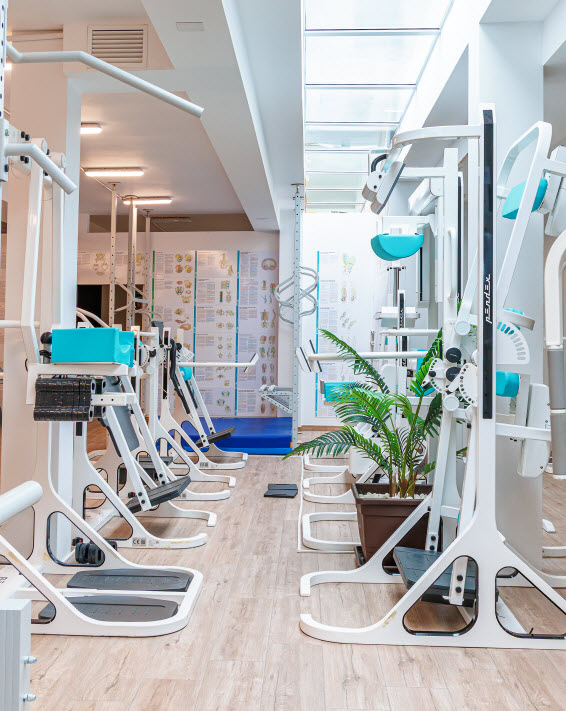
Technologies that deliver results
Select a program
- Personalized Health Recovery Programs
- Disease Prevention
- Customized Check-Up
Q&A
A rigid brace, commonly recommended for patients with a compression fracture of the spine due to osteoporosis, immobilises the broken vertebrae, prevents active movements, and controls motion. However, it does not influence the active healing process. By relieving stress on the spine for an extended period, the body's natural muscular support system that holds the spine can weaken. Areas of the body that are not actively engaged receive less blood flow, leading to poorer fluid circulation and slowed microcirculation. This creates a vicious cycle: less load leads to worse metabolism, slower healing, and then even less load, continuing the cycle.
Professor Blum's method restores inflow, outflow, and microcirculation, initiating blood flow through vessels and capillaries, enhancing the circulation of lymph and cerebrospinal fluid in and around the injury epicentre. This activates metabolism and the formation of new cells, reigniting the regeneration of nerve structures and reactivating dormant neurons. These processes are essential to reducing the growth of fibrous tissue and preventing the formation of cysts and cavities in the injury area, which could otherwise hinder further functional recovery. This approach maximises the restoration of functions during the main rehabilitation phase, which is, undoubtedly, the primary goal for our patients.
Yes, in some cases, relatives come to the Centre, meet with Professor Blum, discuss all questions, visit the hotel, inspect the accommodation conditions to prepare as much as possible for the patient's transfer from the hospital directly to us.
Yes, we organise transportation from any clinic to our Centre.
The cost of rehabilitation is 600 euros per day without accommodation, from 719 euros per day with accommodation in a standard double room at the hotel on the Centre’s premises. The exact duration and cost of the treatment course are determined after consultation with the doctor.
The most effective period in rehabilitation is considered to be the first 3-6 months after the injury. During this "rehabilitation window," the nervous system has a large reserve of recovery resources that need to be maximally utilised. The earlier rehabilitation is started after spinal cord and spinal injuries, the better the treatment results.
The post-traumatic rehabilitation process is divided into several stages:
- Specialist consultation.
Online consultation with a rehabilitation therapist: review of medical history, complaints, treatment results, determination of the duration and cost of the treatment course. If necessary, a plan for additional examination is developed. -
Determination of the rehabilitation plan.
Consultation with Professor Blum and a rehabilitation therapist.
Examination, biomechanical testing, diagnosis according to the proprietary system, determination of problems and their priority, development of an individual comprehensive rehabilitation program. -
Attendance at sessions.
In accordance with the developed program, the patient attends sessions at the Centre. The rehabilitation therapist evaluates the progress and adjusts the program. -
Finishing the treatment course.
Receiving recommendations and a set of exercises to do at home.
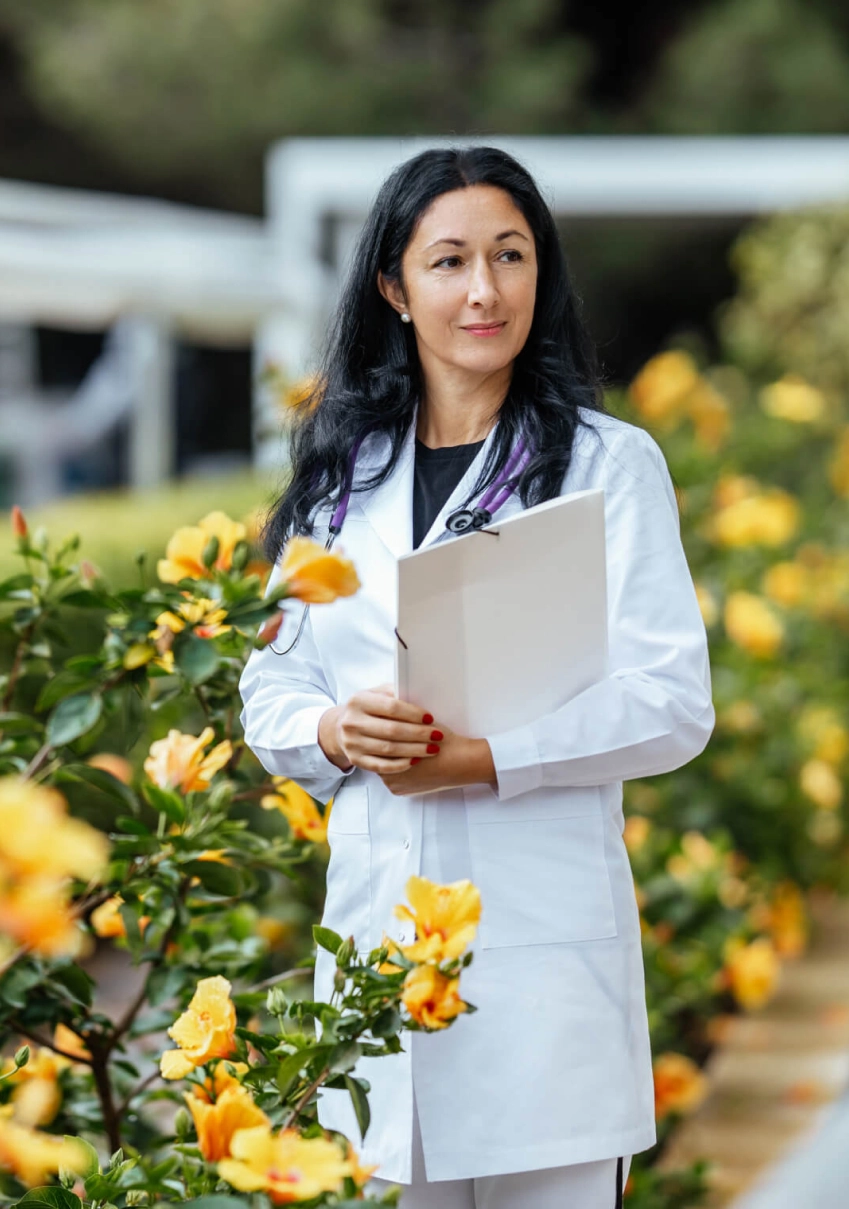
The cost of a course of treatment with a stay in a hotel
- Appointments and consultations
- Creating an individual program
- Conducting personal sessions
- Appointments and consultations
- Creating an individual program
- Conducting personal sessions
Other areas of work of our Center
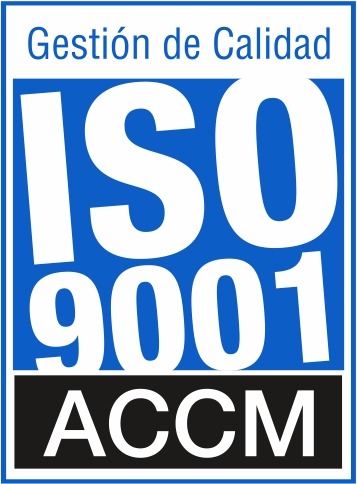







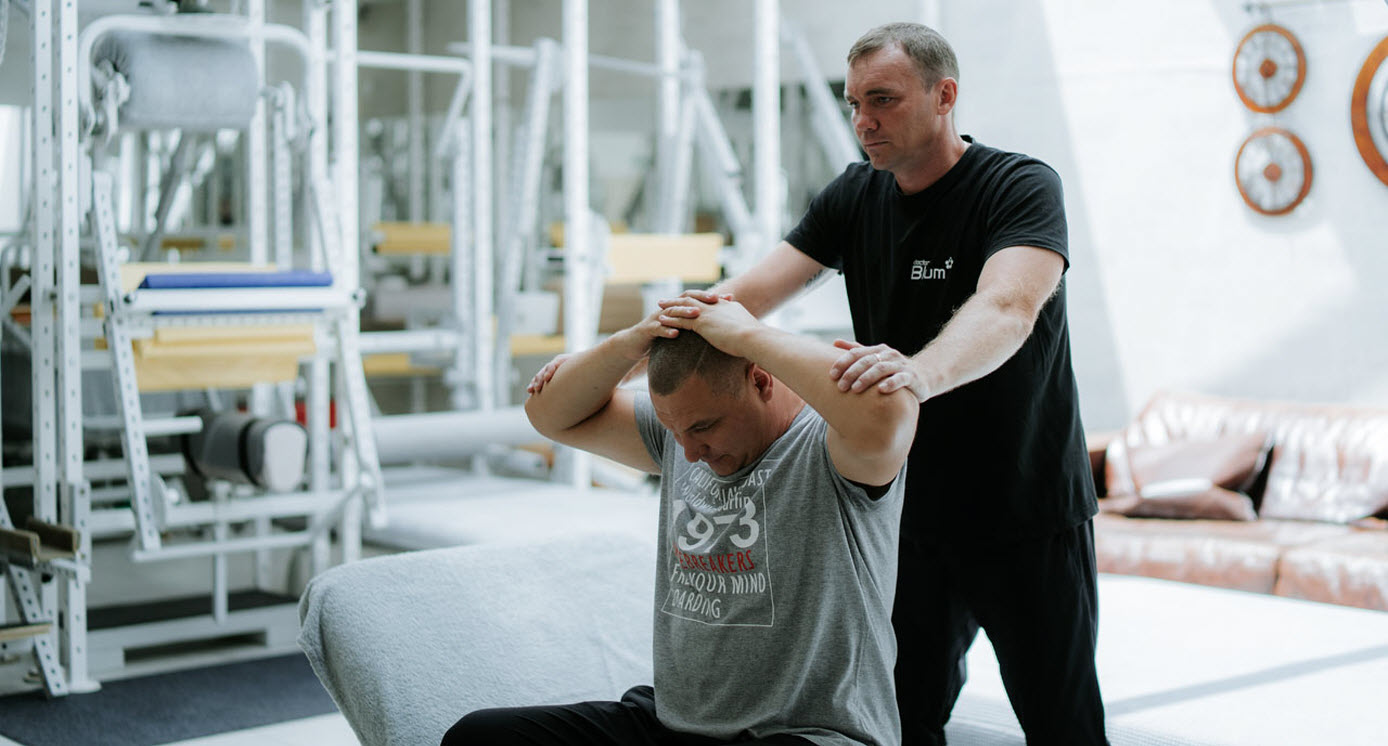

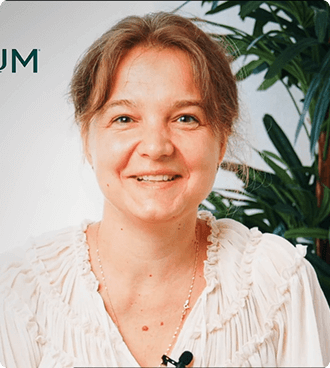
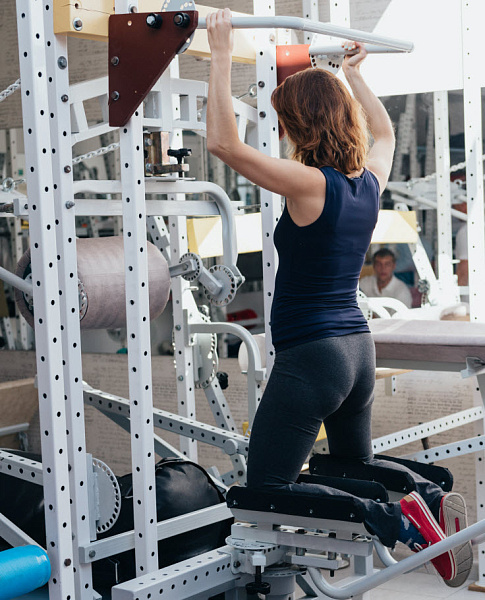
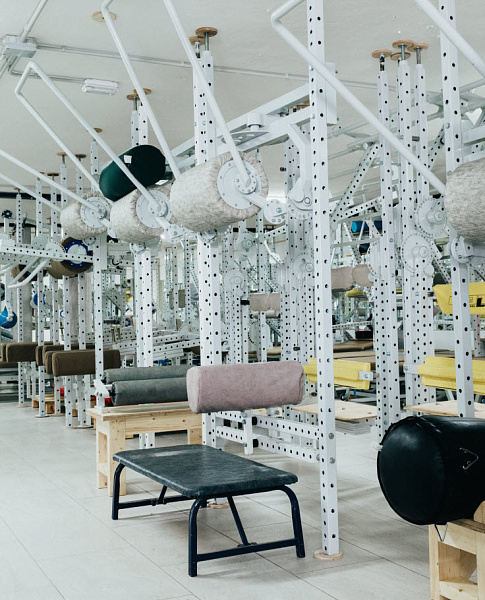

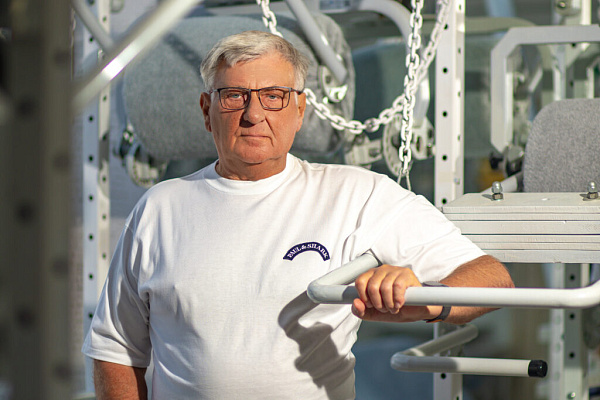
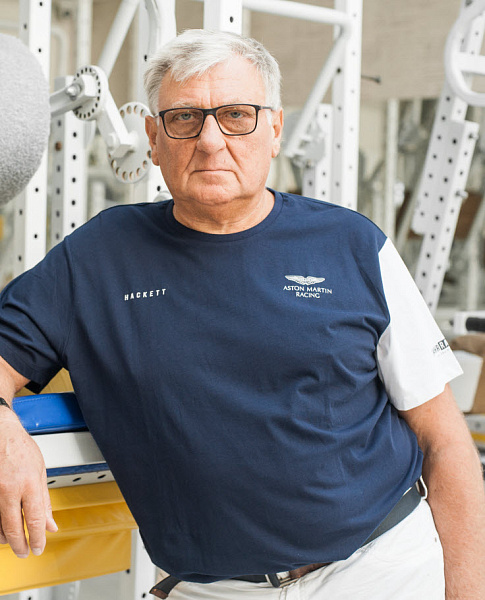
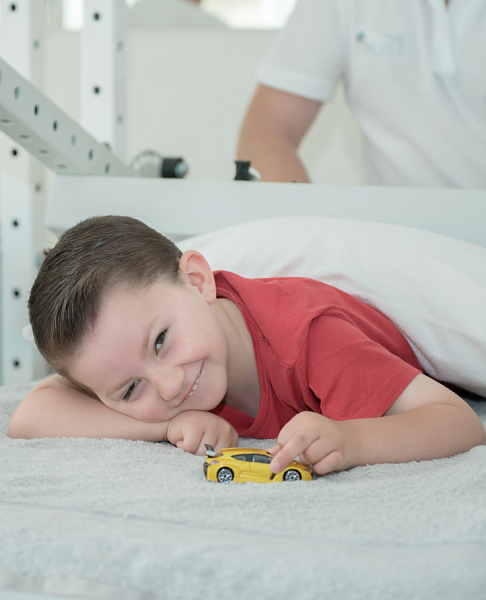
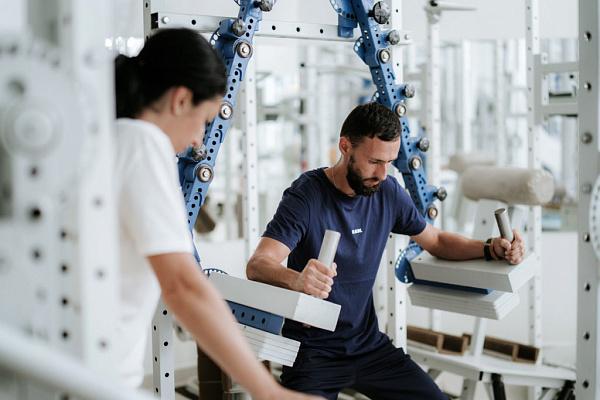
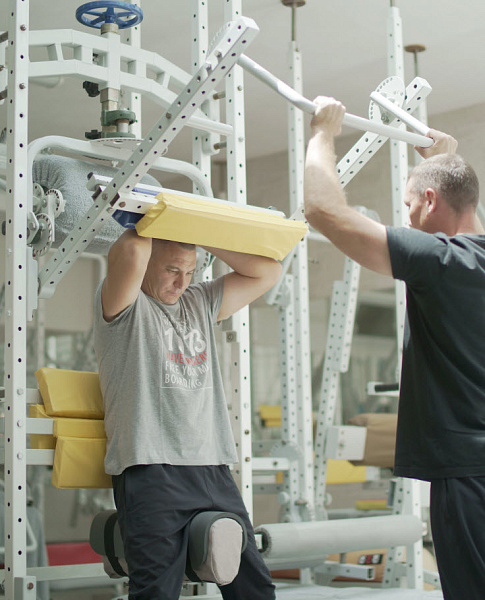
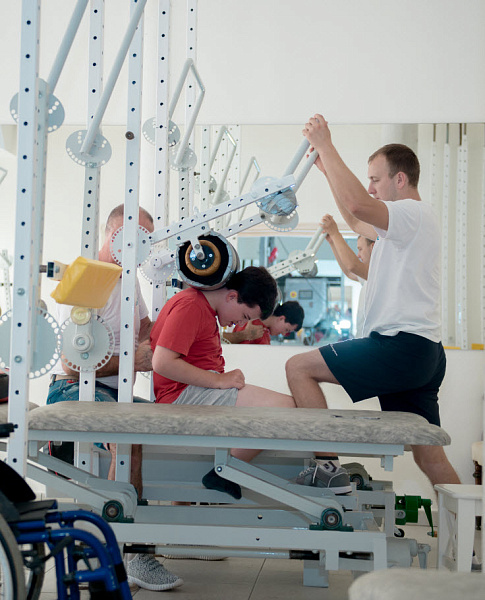
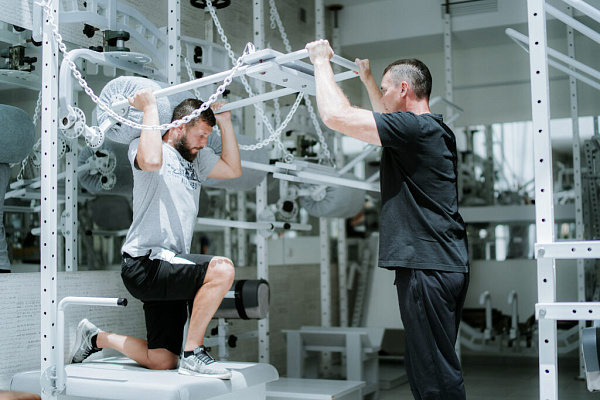
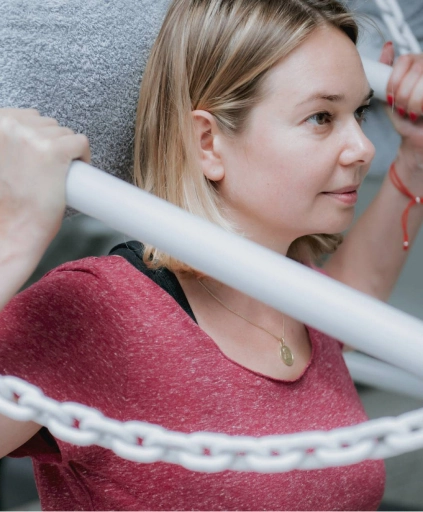
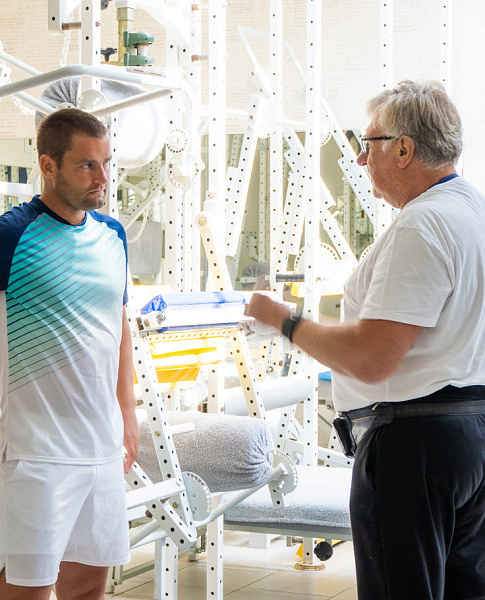

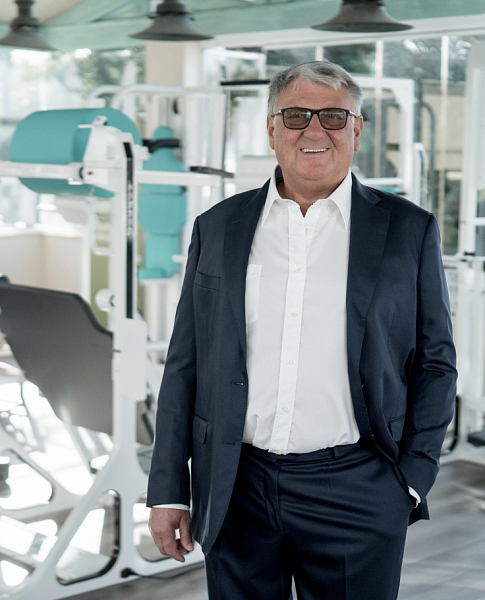

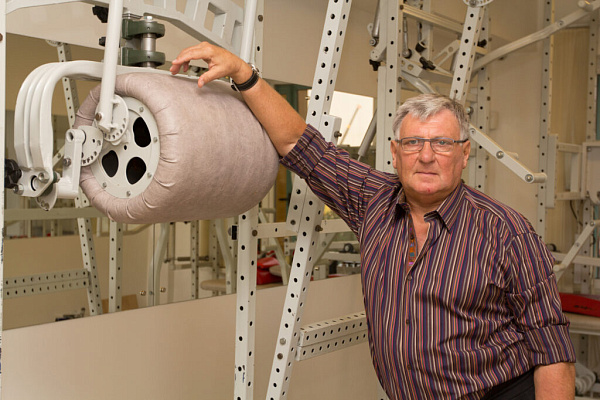
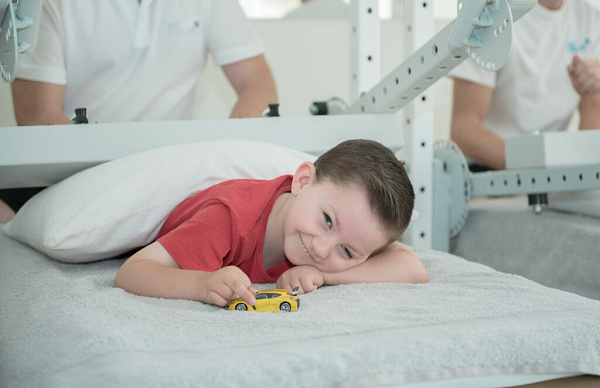
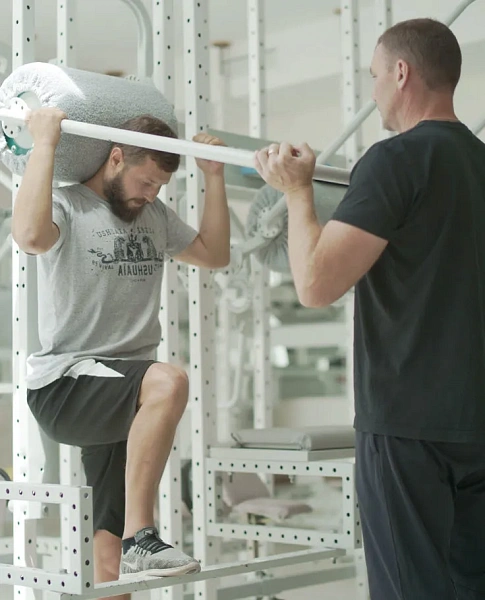
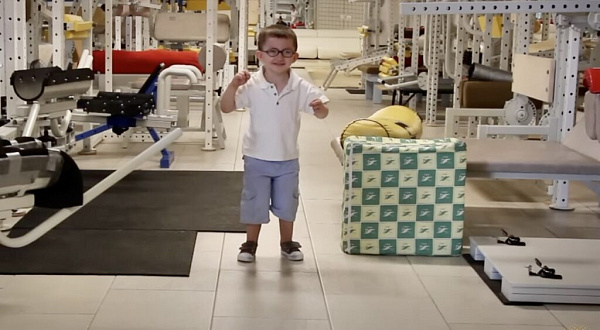
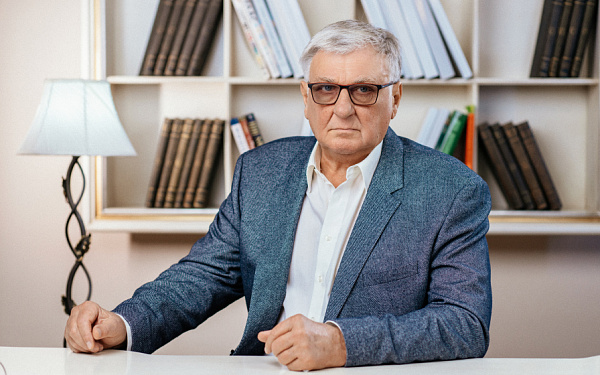
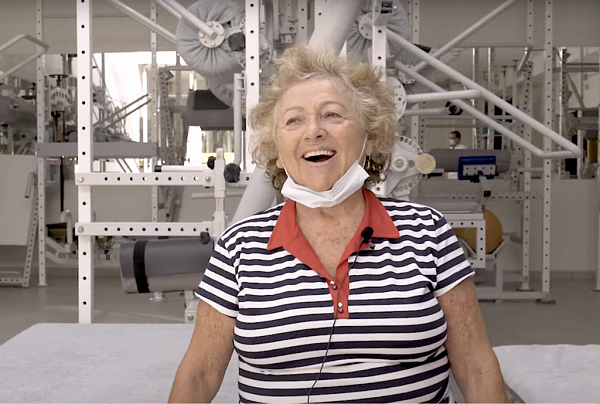

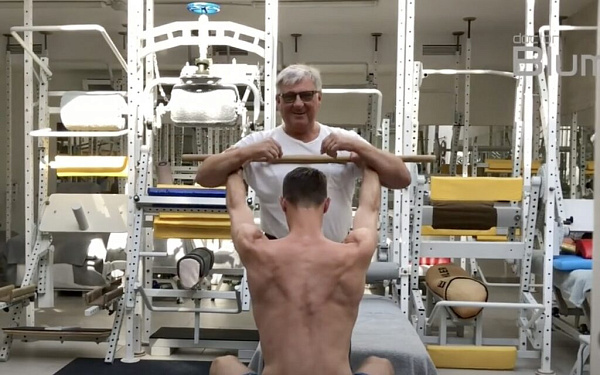
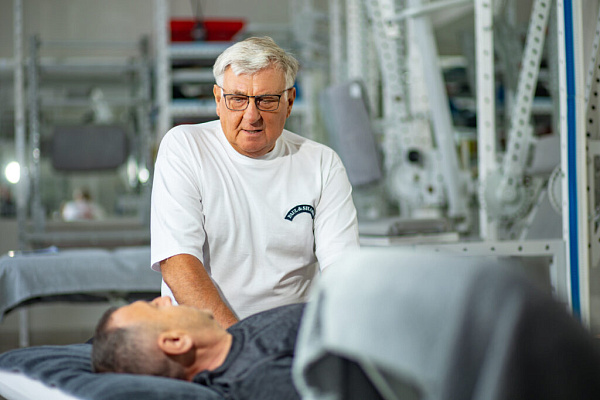

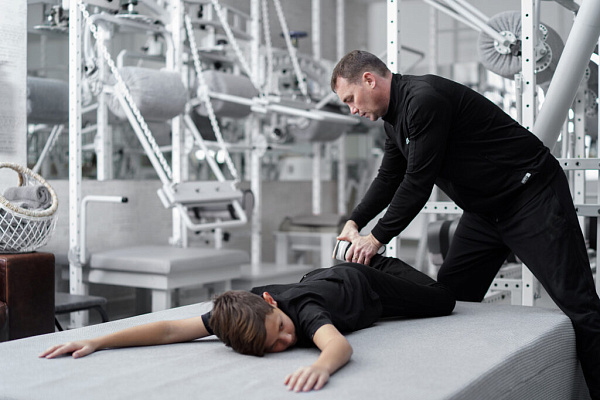

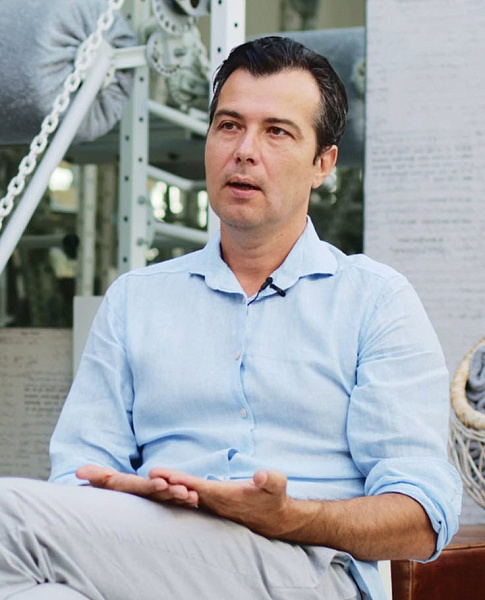
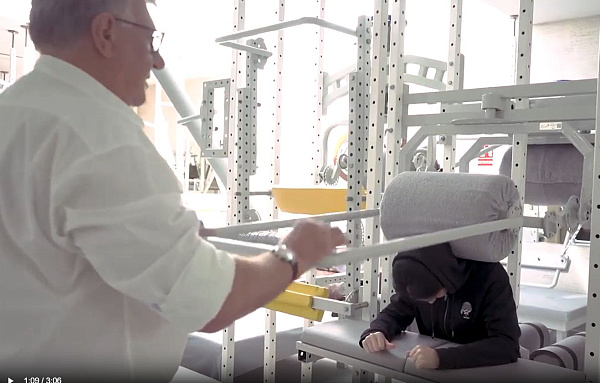
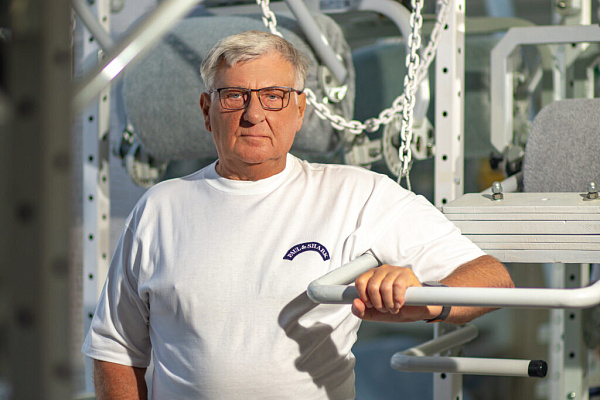
.webp)
